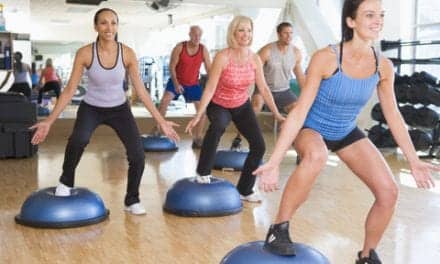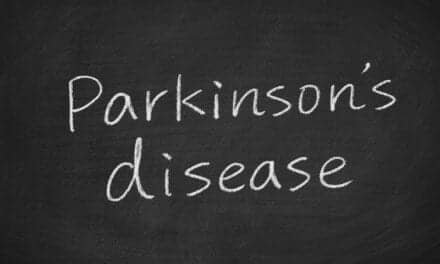In-home therapy supervised by occupational therapists and physical therapists via telerehabilitation can be just as effective as in-clinic therapy to help improve arm motor status among stroke survivors, according to results from a multisite clinical trial.
The trial, which built on findings from a study published November 2017 in Neurorehabilitation and Neural Repair, was presented recently at the 2018 European Stroke Organisation Conference in Gothenburg, Sweden.
“Motor deficits are a major contributor to post-stroke disability, and we know that occupational and physical therapy improve patient outcomes in a supervised rehabilitation program,” says Dr Steven Cramer, a professor of neurology in the University of California at Irvine (UCI) School of Medicine, who presented the research at the conference.
“Since many patients receive suboptimal therapy for reasons that include cost, availability, and difficulty with travel, we wanted to determine whether a comprehensive in-home telehealth therapy program could be as effective as in-clinic rehabilitation,” he adds, in a news story from UCI News.
In a study conducted at 11 US sites, 124 stroke survivors underwent 6 weeks of intensive arm motor therapy, with half receiving traditional supervised in-clinic therapy and half undergoing an in-home rehabilitation program supervised via a videoconferenced telemedicine system.
Subjects were on average 61 years old, 4.5 months post-stroke, and had moderate arm motor deficits at study entry. When examined 30 days after the end of therapy, subjects in the in-clinic group improved by 8.4 points on the Fugl-Meyer scale, which measures arm motor status and ranges from 0 to 66, with higher numbers being better. Subjects in the telerehab group improved by 7.9 points—a difference that was not statistically significant.
“The current findings support the utility of a computer-based system in the home, used under the supervision of a licensed therapist, to provide clinically meaningful rehab therapy,” Cramer states. “Future applications might examine longer-term treatment, pair home-based telerehab with long-term dosing of a restorative drug, treat other neurological domains affected by stroke (such as language, memory, or gait), or expand the home treatment system to build out a smart home for stroke recovery.”
[Source: UCI News]





